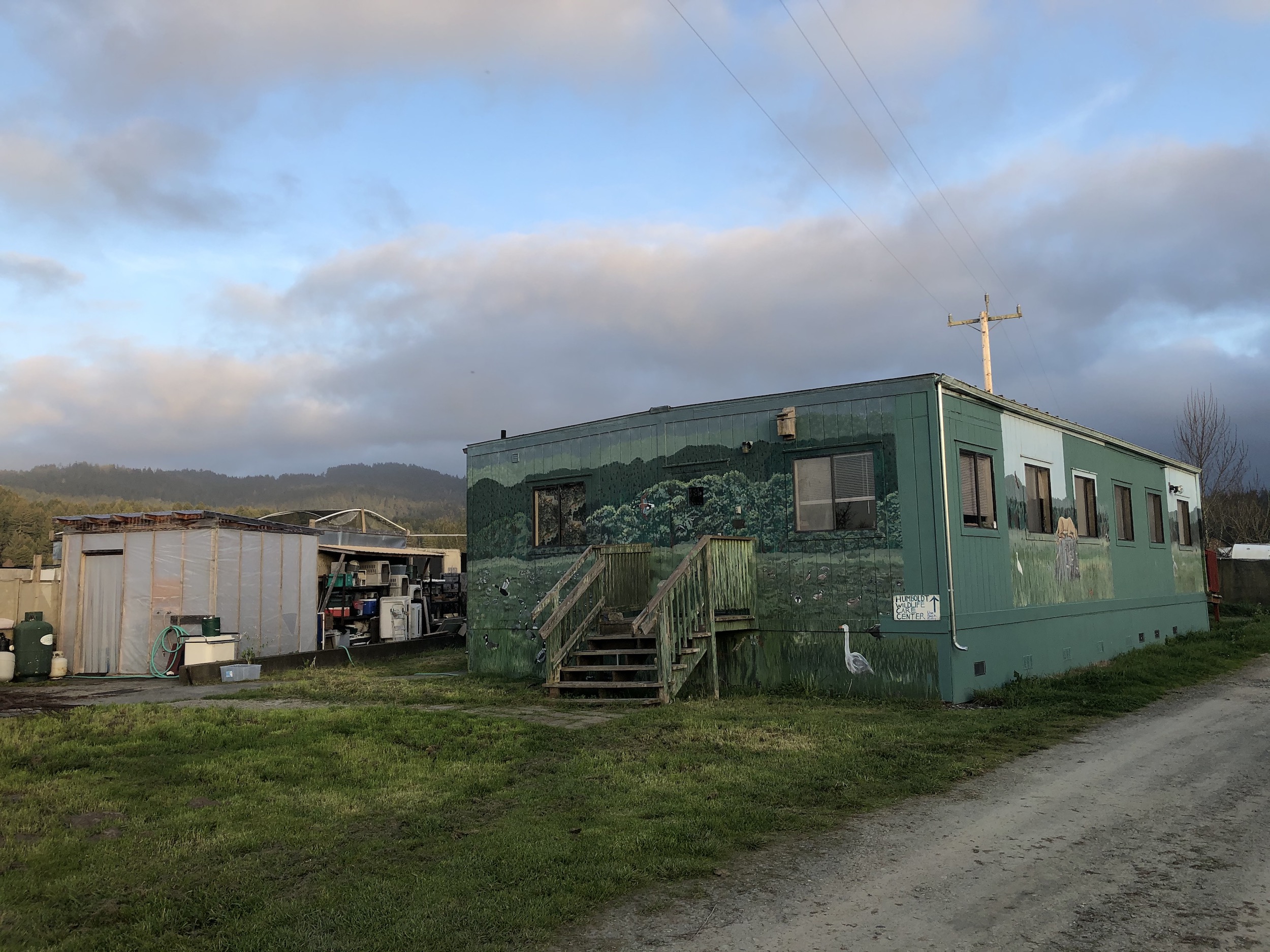
It’s been nearly 15 years since HWCC put its first center for wildlife care on the property of the Jacoby Creek Land Trust. Over the course of those years we’ve cared for neary 20,000 wild neighbors in distress! We helped ten times as many animals over the phone!



When BAX took over managing HWCC in 2011, we were able to use this small underfunded facility (still small! still underfunded!) to demonstrate that highly effective patient housing can be built on a shoestring budget. The methods and techniques we developed here have gone into workshops and trainings for wildlife caregivers around the state and around the world. Helping our colleagues meet the challenge of providing excellent care on very little money is a major part of our mission.
Every day we’ve rolled up the driveway to open our clinic to injured and orphaned wild neighbors in need, covering a region that extends from Southern Oregon to Northern Mendocino, from Mount Lassen to the Pacific. We’ve built patient housing and a reputation for care that has allowed other facilities from around the state send us “problem” patients, so that we could help get them on track for release to the wild.

More than 60 interns – mostly recruited from students at Humboldt State University, but not all – have passed through our program, many using their experience here as a springboard into their careers, including field work and wildlife care. HWCC’s entire staff are graduates of our intern program.




In short, we’re proud of what we built here; we’re grateful for the physical location that gave our patients the first need in a second chance, a place to heal.
But our growth must continue, and to do so we must find a better location with room to meet the demands of our increasingly chaotic natural world. There are things we’ll never be able to do at our current location – for example reahbilitate our region’s orphaned Black Bear cubs, who currently go to Lake Tahoe! We need the security of owning the land on which we operate, or at least the security of guaranteed access to it for a very long time. We need more space than our current quarter acre.
“How do you rebuild a ship at sea? One board at a time.”
Still, we’ll have two more Summers in our current location. No matter how intensive the labor of relocating our facility is, we will continue be at our clinic 7 days a week, every day of the year, as usual, ready to help wildlife in need.
Our first step is finding a suitable location. Ideally this location will be at least two acres between Arcata and Eureka, easy to find and centrally located in the heart of the region we serve. After that comes the building.
We will not be able to do this without your help. Soon we will establish a fundraiser to cover the costs of moving.
This is a big project and it won’t happen without the support of our community. You’ve been there for us since 1979 when all patient care was done in people’s homes scattered across the North Coast. In the coming years we’re still going to need you, in fact we’ll need you even more. Thank you for helping us through this period of growth and expanded services to our wild neighbors in need.


